-
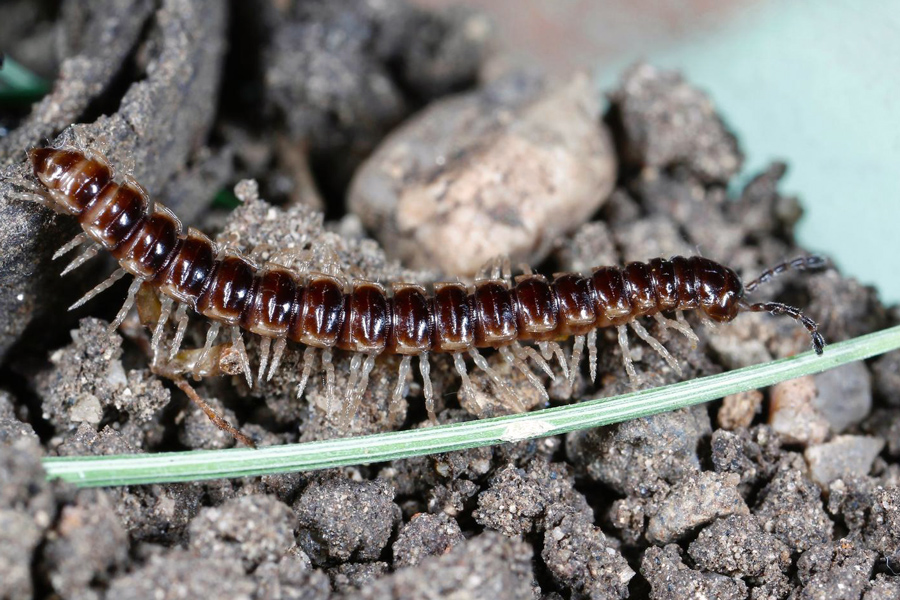
B 1088
Millipedes and Centipedes
Millipedes and centipedes do not carry diseases that affect people, animals or plants. Millipedes do occasionally damage seedlings by feeding on stems and leaves, and may enter homes in large numbers during periods of migration and become a considerable nuisance. They do not cause damage inside the home, although they may leave a stain if they are crushed. Centipedes, which have poison glands and can bite, pose an occasional threat to humans.
|
-
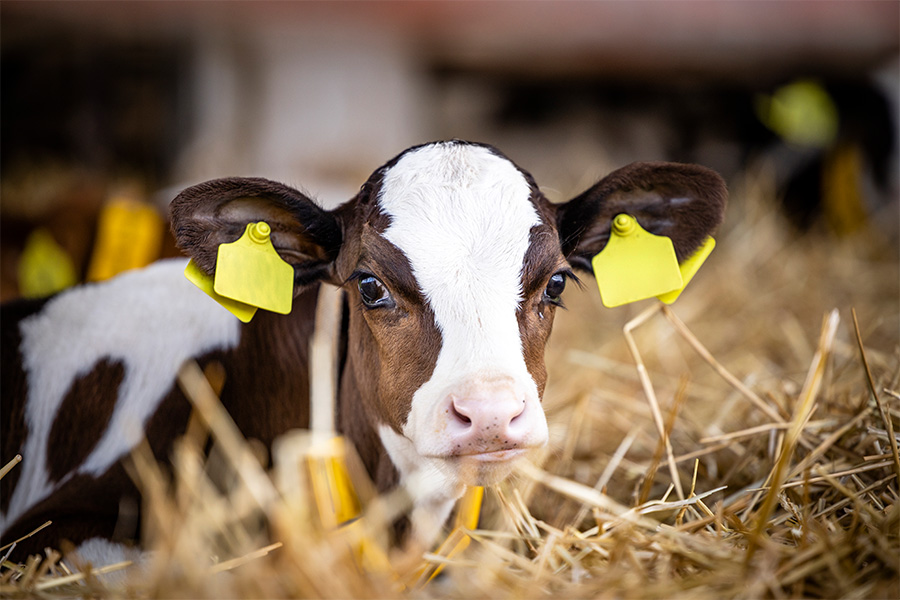
Profitable cattle marketing means producing the most profitable calf, selling through the most profitable market outlet and pricing at the most profitable time. Unfortunately, most cow-calf producers simply sell their calves. Marketing means choices on how or what to put on the market, where to market and when to price. The first step in becoming a cattle marketer is to recognize all your alternatives and evaluate each in light of potential cost and returns, selecting the most profitable rather than the most convenient alternative.
|
-
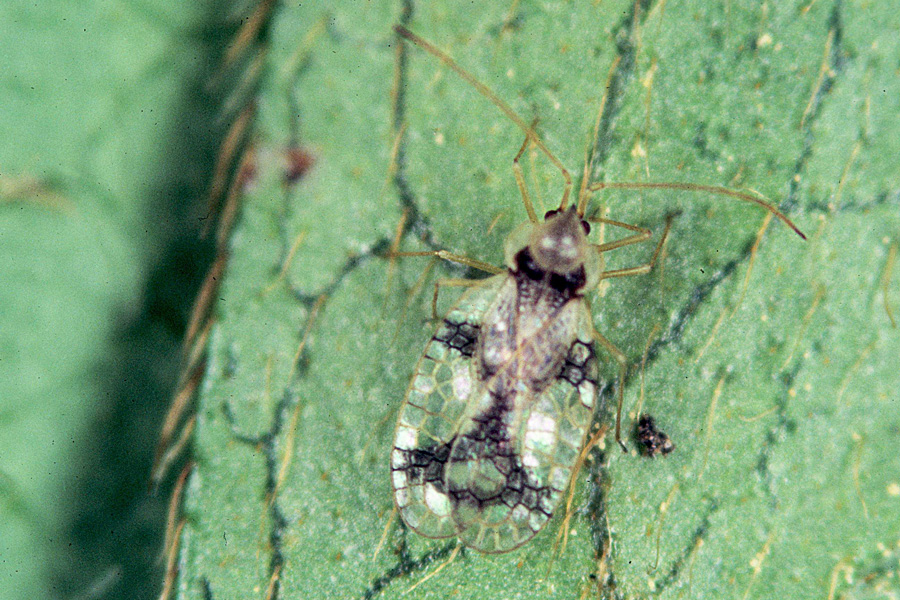
Many species of insects or mites attack Georgia landscape plants. Homeowners have difficulty controlling these pests because they often are not aware of the problem until both the infestation and the damage are extensive, or they may apply insecticides improperly or at the wrong time. Brief descriptions of major groups of pests (or the damage they cause) found on Georgia landscape plants are provided to assist with identification. Control strategies for these pests are presented in Table 1.
|
-
Even with today’s technology, it is critical that growers use directed herbicides in their cotton crop to improve coverage of weeds hiding under the cotton canopy. Precision applications maximizing spray coverage of weeds and minimizing spray contact with cotton, which can cause injury, is critical. Spray fender/cultivator and shield/hood sprayers are commonly used for precision, directed-spray applications.
|
-
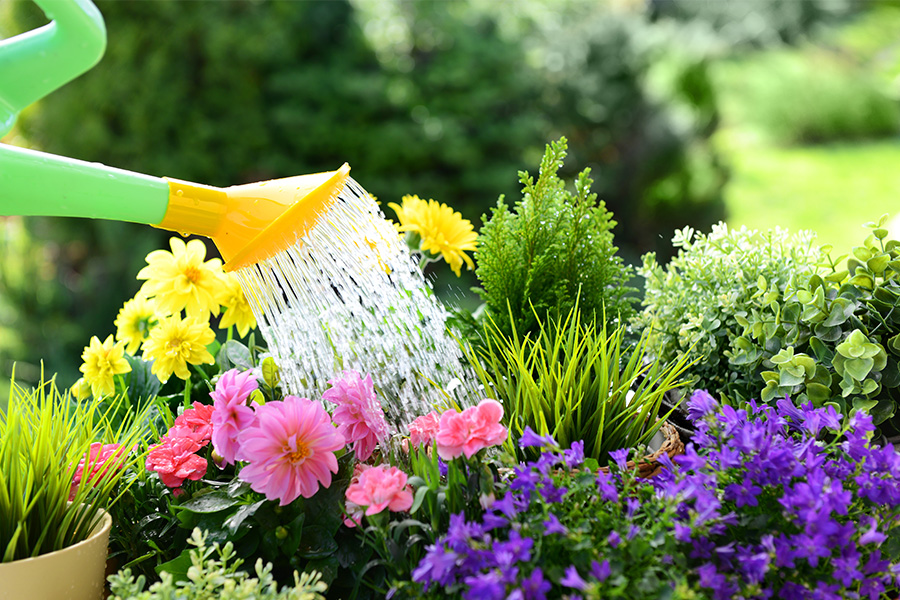
Most established ornamental plants in the landscape require care to stay healthy and attractive. Regular fertilization, pruning, watering, mulching and pest control are all part of a good landscape management program. This publication provides guidelines for the care of established ornamental plants in the landscape. Low-maintenance alternatives to traditional cultural practices are discussed throughout the publication.
|
-
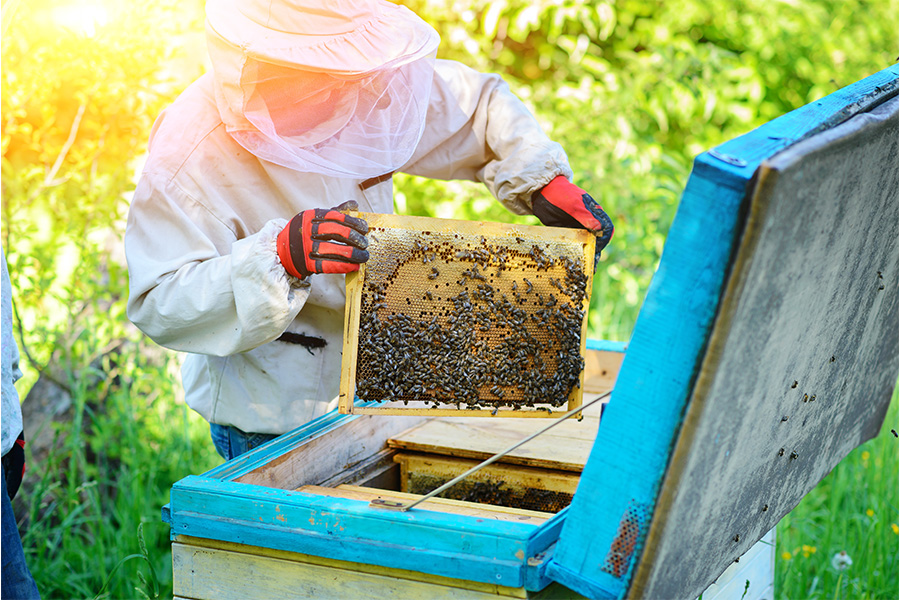
B 1045
Honey Bees and Beekeeping
Honey bees are commonly kept in artificial hives throughout the United States, and a large and sophisticated beekeeping industry provides valuable honey, beeswax and pollination services. A large section of the industry, well represented in Georgia, is devoted to mass-producing queens and bees for sale to other beekeepers.
|
-
B 1031
Shade and Street Tree Care
With proper care, trees can be valuable commodities around our homes, communities and urban landscapes. Providing care requires understanding tree biology, or how and why trees function. Trees constantly interact with the environment, including changes in soil, light, temperature, moisture, competitors and pests. Humans can produce additional stress by altering environments, but with proper care and maintenance trees can survive and thrive in your landscape.
|
-
This publication is a comprehensive guide to growing vegetables organically, including location, planning, irrigation, soil preparation, composting, fertilizers, successive planting and crop rotation, mulching and insect control.
|